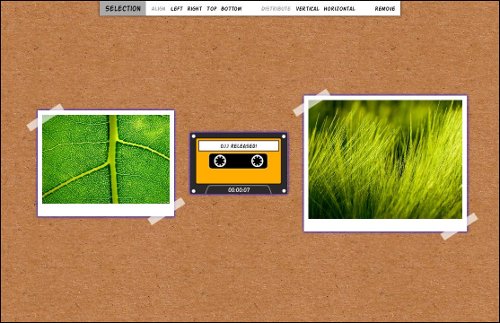Here we go again. About a month ago, I made the first-ever release of The Board. Now it’s time to roll a new release with some pretty nice features and bug fixes. So, what’s new in The Board 0.1.1?
- Sound elements with Voice Memo support
- Select, move, align, distribute, and remove multiple elements
- Five brand-new page backgrounds
It also has a couple of important bug fixes such as 637703 and 637484. Just like 0.1.0, this is not a release for end-users. The Board is currently unstable, buggy, and often loses data. Early testers are more than welcome though—to provide general feedback and report bugs. Distro packages for 3 popular distros (Ubuntu, Fedora, and openSUSE) are coming soon—I will announce them in my blog, don’t worry. That should help early testers get started easily.
Versioning. I decided to use the classic odd-unstable/even-stable style of versioning. This is a common practice in GNOME and should be natural for most contributors in the community. In terms of milestones, this means that you’ll see a bunch of 0.1.x development releases from now on and 0.2.0 will be the first release for end-users. I honestly have no final answer as to when 0.2.0 is going to happen yet.
What’s next. I will be rolling a new development release (0.1.2) in the next few weeks—depends on the amount of spare I end up having. I’ll focus on two things: toolbars and element stacking. I’ll do a second design iteration on the toolbars with focus on scalability. In practice, this means fixing bugs like 636637 and 636634. Element stacking is the final major feature for multiple elements which I ended up moving to 0.1.2. You’ll be able to create stacks of elements in the page. I’m quite excited about this one!

















0sem comentários ainda